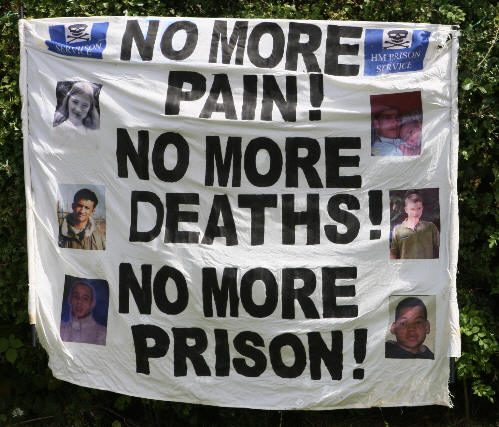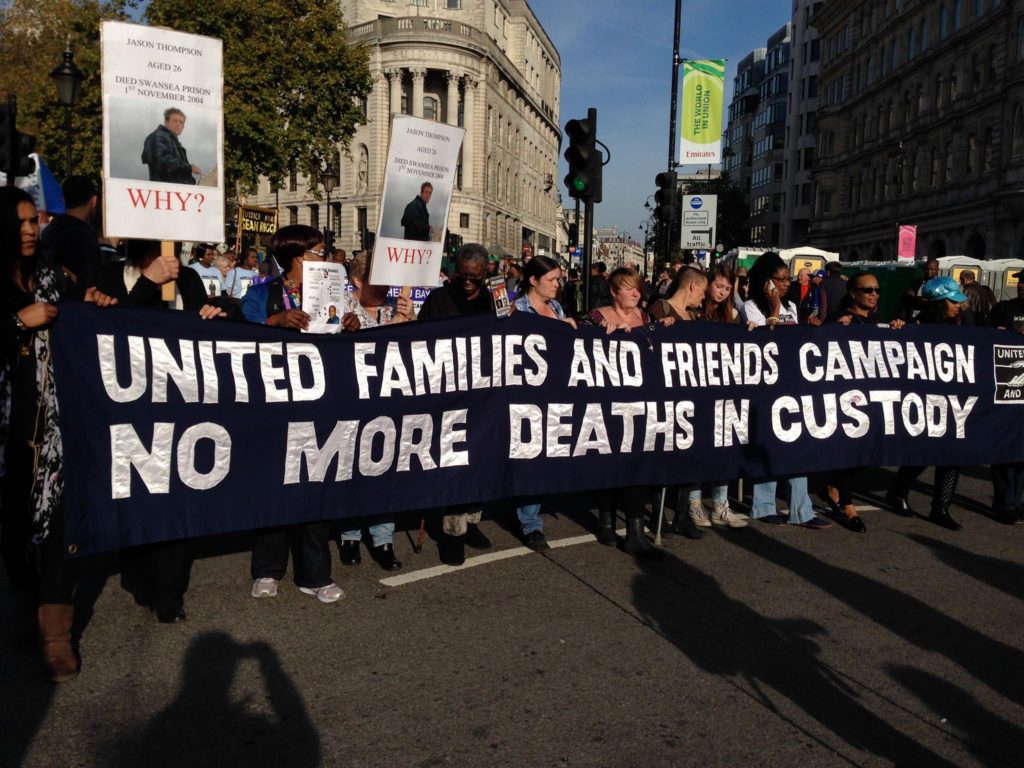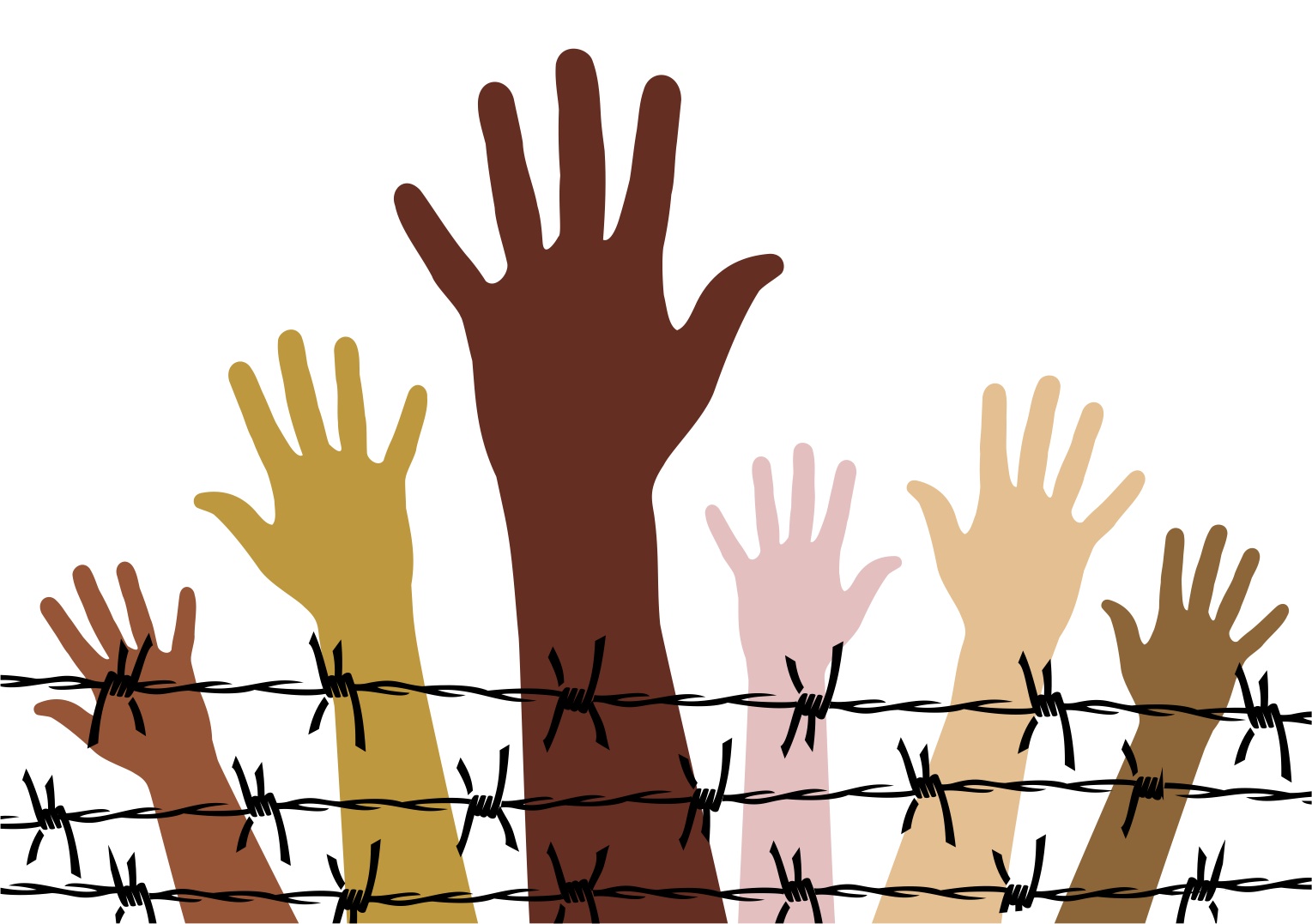
Ten years ago, the Howard League for Penal Reform released a report, the Carlile Inquiry, into the use of restraint, solitary confinement and strip-searching in penal institutions for children. This inquiry was inspired by the death in prison of Gareth Myatt, “a 15-year-old boy who weighed just seven stone, while being restrained by officers in Rainsbrook Secure Training Centre.” The report described a hell of vicious violence visited upon children’s bodies, psyches and souls. Today, the Howard League for Penal Reform released a ten-year follow up: “There is illegal, systemic physical abuse of children in prison, sanctioned by the state.” Ten years of civil society and governmental austerity and punitiveness have led to this: the State has built an expanding and intensifying hell for children.
In prison, in contravention of all laws, children are routinely restrained to get them to follow directions. “Techniques” that inflict deliberate pain on children make up over a third of all “approved techniques”, all of which are illegal. Between 2011 and 2015, children have been injured 4,350 times while being restrained. Solitary confinement, 23 hours a day in isolation, has become widespread: “Conditions in segregation units have not improved since 2006, when the Carlile Inquiry described them as `little more than bare, dark and dank cells that exacerbate underlying risks and vulnerabilities’. Segregation units should be immediately closed.” Again, the use of solitary confinement, especially long term, is completely illegal, and that illegality makes absolutely no difference whatsoever.
The “real story” is in the numbers. In the last five years, the number of children in custody has dropped. In the same five years, the rate of restraint has more than doubled.
What does the continued violation of the law say? What do the numbers add up to? In England, as in other countries that drank and then guzzled the Incarceration Kool-Aid, the will to punish morphed ineluctably into the will to harm. It’s an old story, now fueled by the political economies of neoliberal development and protectionism. Meanwhile, Gareth Myatt becomes Adam Rickwood becomes Joseph Scholes; and Rainsbrook becomes Medway, and the whole State-run theater of cruelty moves faster, farther, and more deeply.
Last year, children’s rights campaigner Carolyne Willow argued, “Nobody has ever designed a prison to make children feel valued, to treat them well and change their lives. It desperately needs a minister with the compassion and courage to change things. We closed workhouses, asylums and orphanages, let’s get rid of child prisons. Let us say, we are not going to do this to children any more.”
We are not going to do this to children any more.
Today’s report concludes: “Children are being harmed in prisons today and steps to ensure their safety must be taken immediately. We know what works – as the Carlile Inquiry found 10 years ago, small, local units that have a record of success in providing the best care and rehabilitation for the few children who require a period in a secure environment. Prisons and the privately-run secure training centres should be closed down forthwith. We do not need to reinvent the wheel or repeat the mistakes of the past.”
What will next year’s report conclude, and the one ten years on? We are not going to do this to children any more … anywhere. Prisons and the privately-run secure training centers must be closed down forthwith. Today. We cannot keep doing this to children.
(Image Credit: The Howard League for Penal Reform)



